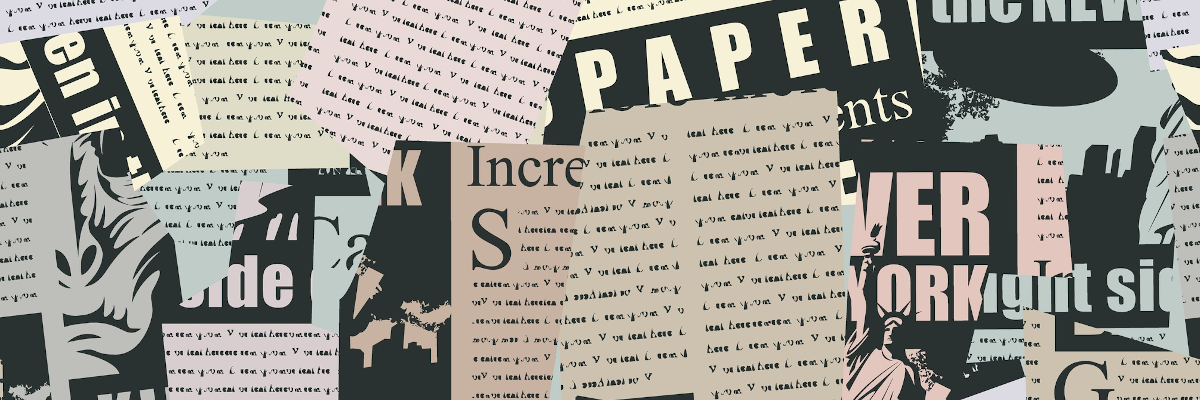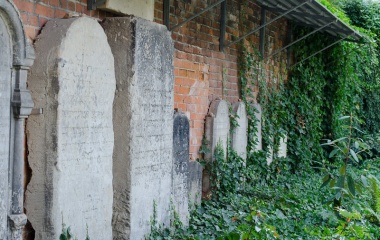
Of the approximately 520,000 Jews living in Germany in 1933 over 300,000 emigrated before the war. Living under Nazi rule they saw the danger long before others and many managed to flee before it was too late. The Nazis yemach shemam themselves encouraged Jews to leave and it was only in late 1941 that the doors of emigration closed. While many thereby survived some had the misfortune of fleeing to countries later invaded by the Nazis and met their fate there; perhaps the most famous of these being the family of Anne Frank who fled from Frankfurt to Amsterdam only to find themselves under Nazi rule when the Nazis invaded the Netherlands in May 1940.
Of those who remained approximately 160,000 were killed. Contrary to popular belief the Nazis did not automatically kill all those with one Jewish grandparent. Some who were intermarried were never deported and Jewish grandparents with grandchildren fighting for Germany were spared - as long as the grandchild was not killed in battle. Such were the incentives the Nazis offered - but if the child were to be killed so would the grandparents.
Most who survived the war emigrated elsewhere but just as in Poland a not negligible number remained - though most did not identify as Jews.
The bulk of German Jewry today arrived in the 1990s from the former Soviet Union.
The official Jewish community of Berlin numbers some 12,000 people. I say “official” as the notion of separation of Church and State as we know it in (North) America does not exist in Europe. To join the community one just needs register as a Jew. The “cost” of registration is 9% of the taxes one pays. To translate that to Canadian terms that would mean if one pays 30% of one’s income to tax one would have to pay an additional 2.7% of one’s income for membership in the community. Membership entitles one to free services, most notably a Jewish education (we could learn much from this system!). There are approximately 25,000-30,000 Jews in Berlin meaning some 40% of the community are registered as official members. To put that number in perspective less than 1 out of 3 Jews in North America belong to a Synagogue.
The community is officially recognized by the government which provides it with funding and it is the community not the local shuls which hire the rabbis.
In something out of the ordinary for Chabad the senior rabbi of Chabad, Rabbi Yehuda Teichtel - there are seven (that is not a typo) full time Chabad rabbis in Berlin alone - is also one of the official Rabbis of the Berlin Jewish community. As Rabbi Teichtel explained while Chabad operates a school of some 175 children communal funds are also used to support the communal day school of over 400 children.
Rabbi Teichtel is the great-grandson of Rabbi Yissocher Shlomo Teichtel. Like most, all is probably more accurate, of his Hungarian rabbinic colleagues he was fiercely anti-Zionist. However unlike most of his colleagues the Holocaust changed his views. On the run and holed up in Budapest without any rabbinic sources at his disposal he wrote Eim Habaneem Semeicha, marshaling hundreds of sources on the importance of the land of Israel and sharply critiquing the rejection of Zionism by so many. He perished in the Holocaust.
Rabbi Yehuda Teichtel arrived in Berlin some twenty years ago, newly married “with a one way ticket to Berlin”. From nothing he has created a community that has outgrown their beautiful premises and have embarked on 20 million dollar addition.
One of the most interesting meetings we had was with Rabbi Jonah Sievers a native of Germany and Rabbi of Synagoge Pestalozzistraße. (Most Shuls in Germany, as in much of Europe, are named for the street on which they are located, in this case Pestalozzistraße.) This was one of the few shuls that was not destroyed in Kristallnacht, with “only” the inside being ransacked. This was due to it being physically attached to residential buildings and its sturdy fireproof material.
After the war the shul was restored and now serves as a Reform Congregation. But as was the case with most Reform shuls in Germany men and woman sat separately and continue to do so today. As Rabbi Sievers explained most Reform shuls in Germany instituted much more modest reforms beginning with a sermon in the vernacular. It was the much more radical yet rarer version of Reform that was exported and further developed in America.
Flipping through the siddur it was hard to find any substantive differences to the Orthodox siddur. It even has maintained korbanot, said as a way of yearning for the restoration of the sacrificial order, and the vast majority of the davening is conducted in Hebrew. As was common in all Reform congregations there is an organ and a mixed choir that sings unseen from the loft above and behind the aron kodesh. What was fascinating was the Rabbi describing how important maintaining the “traditional” German minhagim are and that if his shul does not do so many will be lost. Songs by the likes of Debbie Freidman or Shlomo Carlebach are not heard as it is the “traditional chants” composed by Louis Lewendowski that one hears. While some 70-80 people attend on a typical Friday night and about half that on Shabbat day that is the only day of week services are held.
Ironically the largest Orthodox shul, Synagoge Joachimstaler Straße maintains few of the classical German minhagim. They do not have a choir though they do have a young chazzan with a beautiful voice and it was a treat to hear him daven. Kabbalat Shabbat was done to the nigunnim of Carlebach (while the Carlebach family is a German family and Reb Shlomo was born in Berlin escaping with his family in 1939, his tunes are much different than that of classical German nussach) complete with 20 minutes of dancing after lecha dodi. Rabbi Ehenreberg came from Israel some twenty years ago to lead the congregation. His warmth is evident and it is easy to see the love the congregation has for him. I was most impressed to see over 30 people at his pre-mincha shiur. The shul maintains a daily minyan both for Shacharit and mincha/maariv and offers free Shabbat meals to those who live in Berlin something that brings many to the shul.


